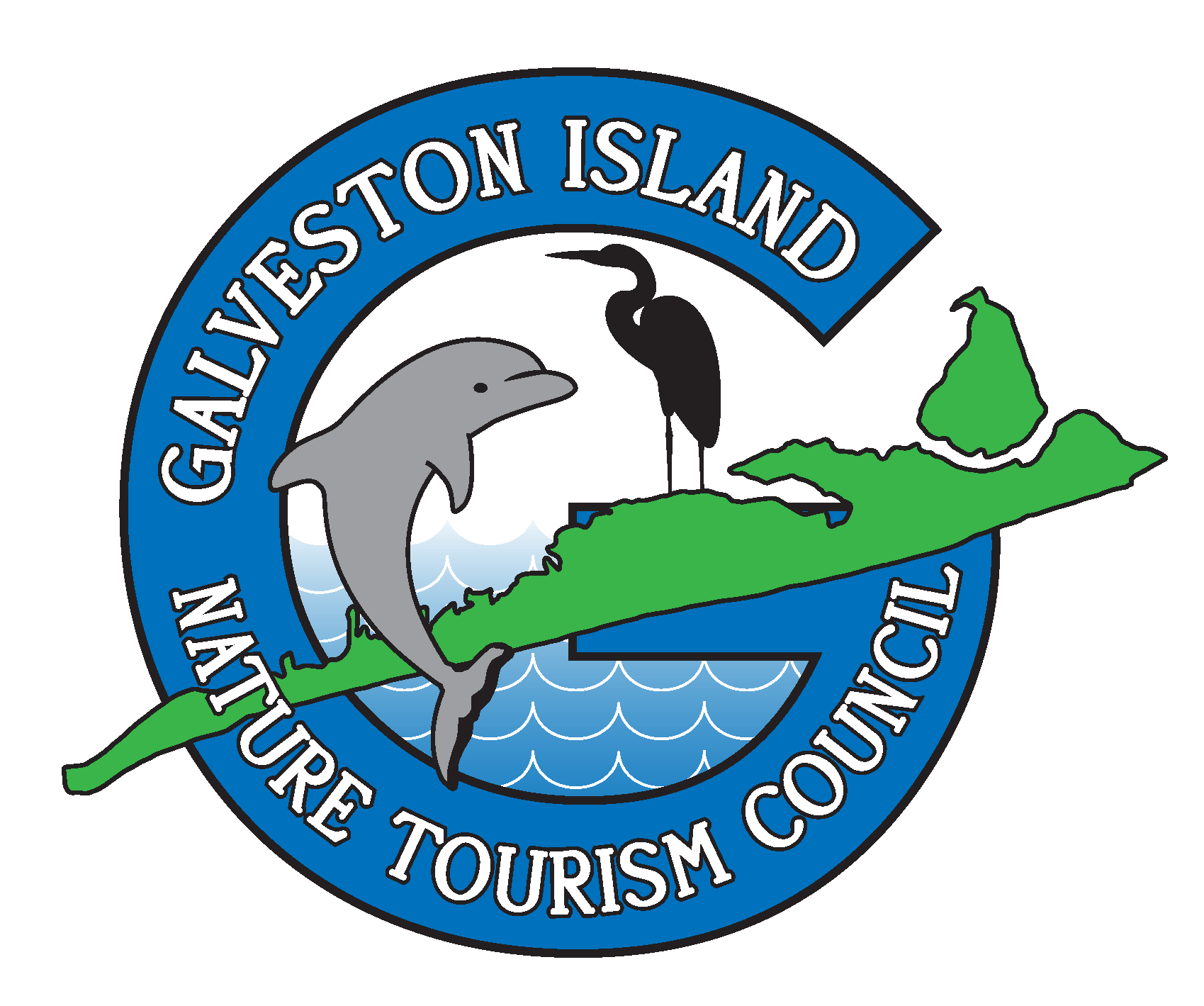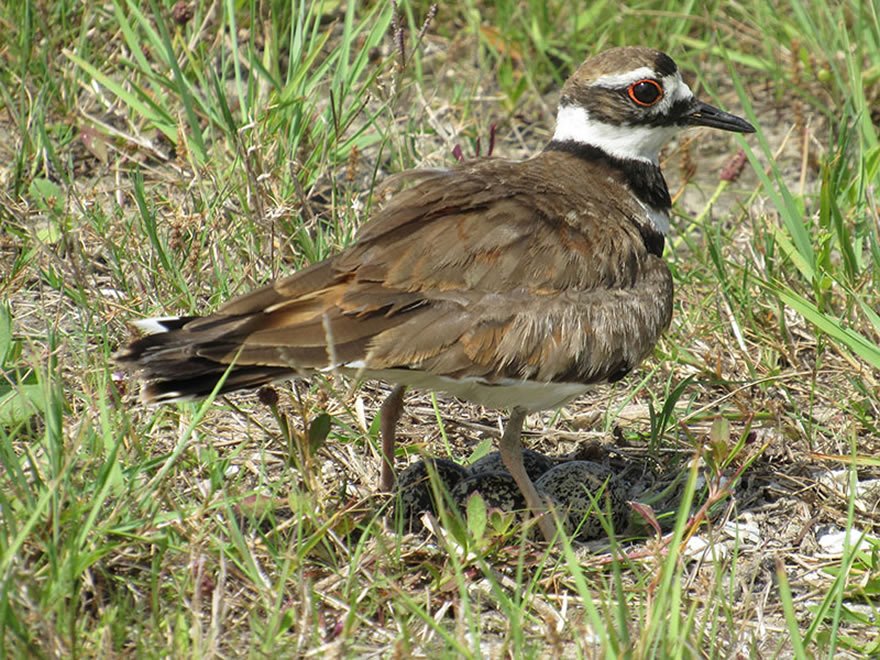Many shorebirds nest right on the ground by creating a small scrape in sandy or gravelly areas in which they lay well-camouflaged eggs. Unfortunately, this makes the nests susceptible to accidental damage or destruction, especially in high-traffic areas such as on the beach or along trails and roads. For this reason, it’s especially important to watch your step this time of year when you’re walking through this type of habitat.
Luckily, one of our most common ground-nesters, the Killdeer, is quick to let you know if you’re too close to the nest. The female will begin calling loudly and try to distract you away from the nest by acting as if she has a broken wing. If this happens, stop immediately and look down near your feet before moving, so that you don’t accidentally step on the nest.
Many parks will cordon-off nests with caution tape to protect them once they are discovered, so it’s a good idea to report your find if you’re in a public area. In addition, known shorebird nesting areas are also protected on a larger scale, with “symbolic fencing” and signs warning people to stay out of the dunes.
If you do see any nesting birds, please be sure to be quiet and respectful, and give them plenty of space so that you don’t cause them to abandon their nest. Our area provides globally important shorebird nesting habitat, and it’s an incredible honor to be able to observe and protect these beautiful birds.

Kristine Rivers founded Birding for Fun in 2015, and is a popular tour guide and speaker whose enthusiasm for nature is contagious. A lifelong birder, she has been an area leader for the Brazoria Columbia Bottomlands Christmas Bird Count since 2011, and has been President of the Texas Master Naturalist Cradle of Texas chapter since January 2017.
Photo Credits: Kristine Rivers

